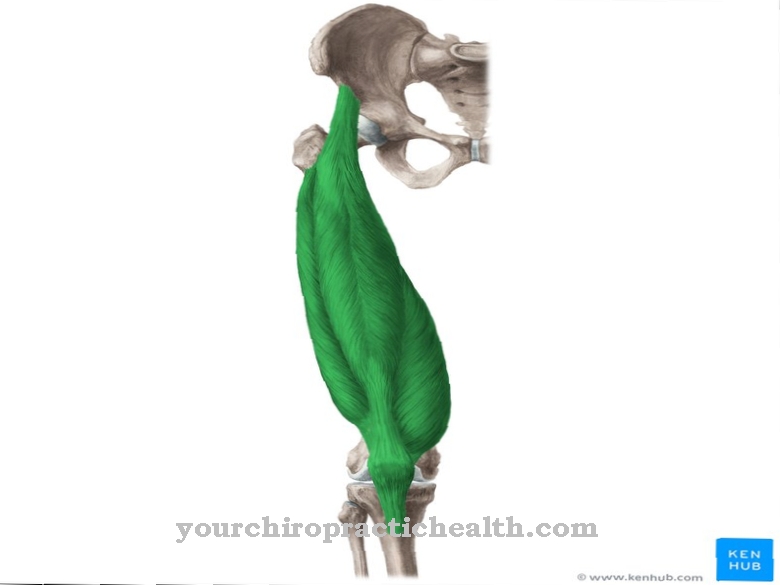Under one Thrombendarterectomy (TEA) various surgical procedures are used to remove a blood clot or clot (thrombus) and restore the functionality of blood vessels after constriction or obstruction. The TEA is mainly used for peripheral arterial occlusive disease and a narrowing (stenosis) of the internal carotid artery (internal carotid artery). Various surgical techniques are available to remove the causative thrombus and to restabilize the vessel walls in the area.
What is thrombus endarterectomy?

In the literal sense of the word, thrombendarterectomy (TEA) means the removal of a thrombus, i.e. a blood clot or blood clot that has lodged in an artery and has caused a stenosis or a complete blockage of the artery. Since the thrombus has mostly connected to the vessel walls, the inner epithelium, the inner epithelium of the affected artery is usually also removed.
Various restabilization techniques are available to restore the arteries to function and resilience after the thrombus has been removed. The affected vascular walls can be closed and stabilized with an endogenous material from a vein wall or a plastic patch is used as a so-called patch plastic. A TEA is usually used to clear a stenosis of the internal carotid artery and to treat peripheral arterial occlusive disease (PAD). PAD is also known as intermittent claudication or smoker's leg, because heavy smoking significantly increases the risk of the disease.
Function, effect & goals
An arterial bottleneck or occlusion can not only have serious consequences for the region of the body that has to supply the artery with blood, but there is also the risk that the thrombus or parts of it will loosen and be transported with the bloodstream to other regions of the body where there is a new arterial stenosis or occlusion can develop. If one of the cervical arteries is affected, there is an acute risk that a clot will settle in the brain and cause a stroke, because the affected nerve areas have become acutely insufficiently supplied with oxygen and other essential substances.
The two most common areas of application of a TEA are stenoses of the carotid arteries and the treatment of peripheral arterial occlusive disease, which mainly affects the legs. Less common areas of application are the treatment of mesenteric artery stenosis, which can lead to an intestinal infarction with serious consequences. Treatment of stenosis of the right and left pulmonary arteries, the pulmonary artery, using TEA is also less common.
There are four different surgical methods available for performing a TEA, depending on the diagnosis. These are the patch technique, the eversion technique (EEV), the direct closure and the fork transposition. The patch technique is used when parts of the inner vascular epithelium have to be replaced.
If possible, the patch is made from the vascular wall of the body's own vein or plastic patches specially made for this purpose are used. If the conditions on the vessel walls of the opened artery allow it after the TEA, the opened vessel walls are sutured with a continuous distance suture using the so-called parachute technique. In most cases, a thread that can be absorbed by the body tissue is used. The advantage of the direct closure is that no patch has to be made from the body's own vein. However, there is little risk that the artery will be a little narrowed (stenosed) postoperatively.
The eversion technique (EEV) is a modern technique that is mainly used for carotids that are narrowed by more than 50%. After clamping the internal carotid artery, the inner branch is severed directly at the carotid fork and the plaque cylinders are exposed and removed by inverting the vessel walls. The free end of the carotid branch is then sutured again using the parachute technique without using any plastic patches or patches. Such an intervention can effectively prevent an impending stroke, especially for patients who have already experienced so-called stripes, brief symptoms of a stroke.
Risks, side effects & dangers
In addition to the risks of infection or even infection with multi-resistant hospital germs that exist in all open operations, TEA interventions - especially the opening of the carotids - harbor specific risks. Since the internal carotid artery to be treated is clamped off immediately before the procedure, the blood flow is interrupted and the brain regions to be supplied with oxygen and energy must be constantly checked for functionality.
The procedure is usually carried out under local anesthesia, so that the patient is constantly entrusted with small motor and logical tasks.Another risk is that tiny microthrombi may break loose during the procedure, lodge in the brain, and cause a stroke. Particularly in the case of heavily calcified arteries - this also applies to the arteries of the extremities - there is a risk that the vascular walls will tear due to the intimate connection between the plaques and the epithelia of the arteries during the removal of the plaques and require special restructuring measures.
When treating the carotids, in particular, there is a fundamental risk that the adjacent structures will be injured during the procedure. In extreme cases, unintentional lesions of certain nerves such as the vagus nerve can disturb the swallowing reflex and the voice. TEA also does not reliably rule out a recurrence in the form of rethrombosis, although this usually becomes apparent within a few days. After the inner epithelium of the treated artery has been removed, it re-forms within a few days (neointima). The use of anticoagulants (anticoagulants) is therefore recommended for prevention.


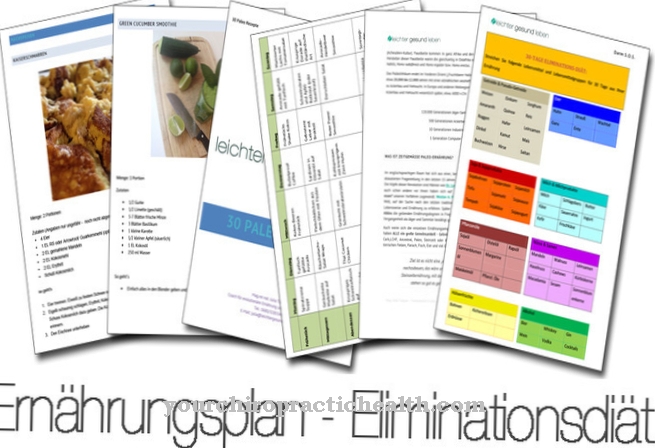

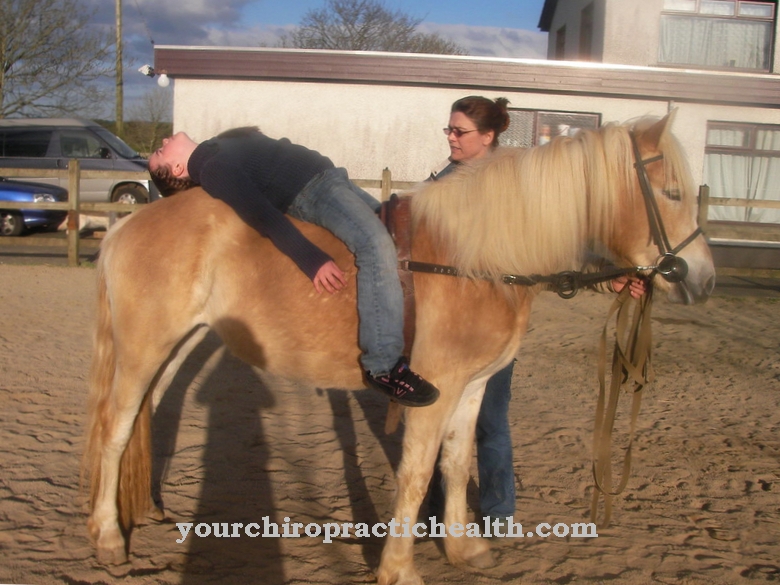




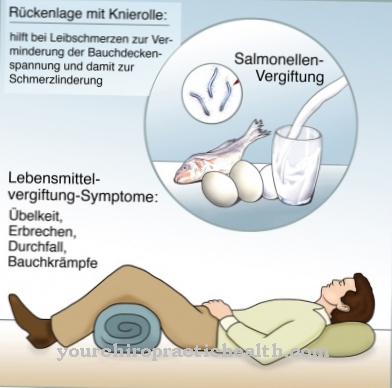

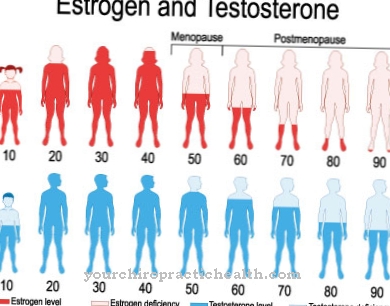




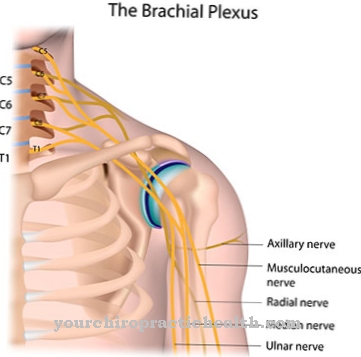


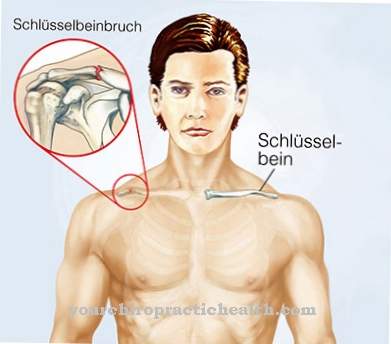

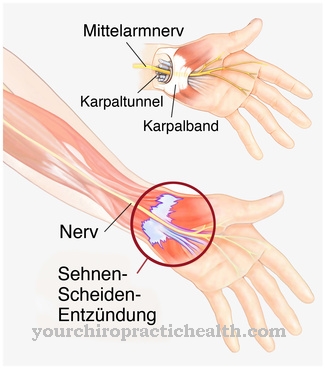
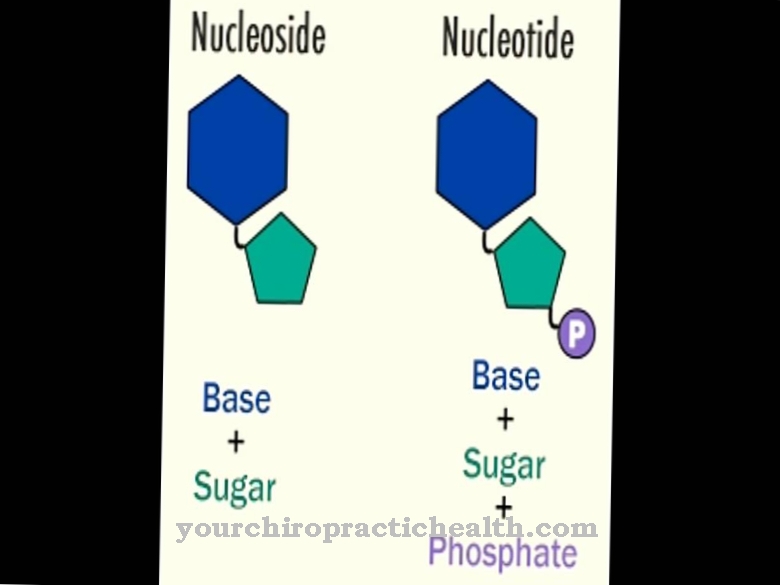

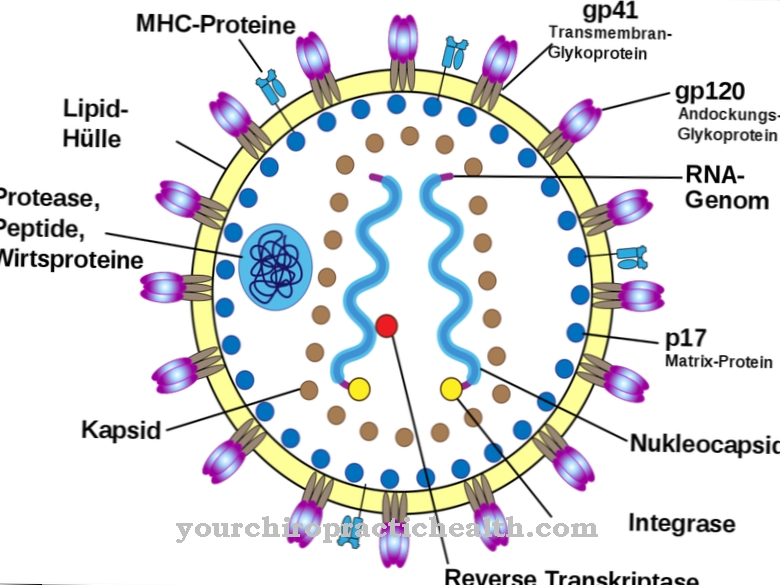
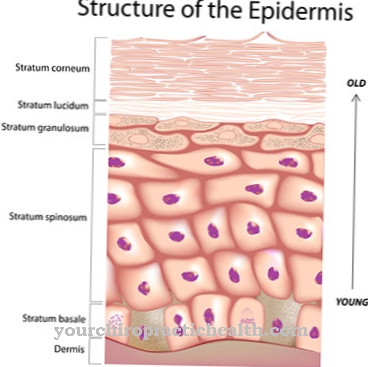
.jpg)
